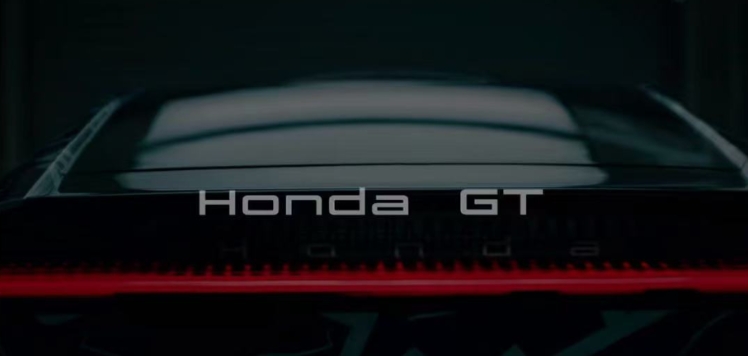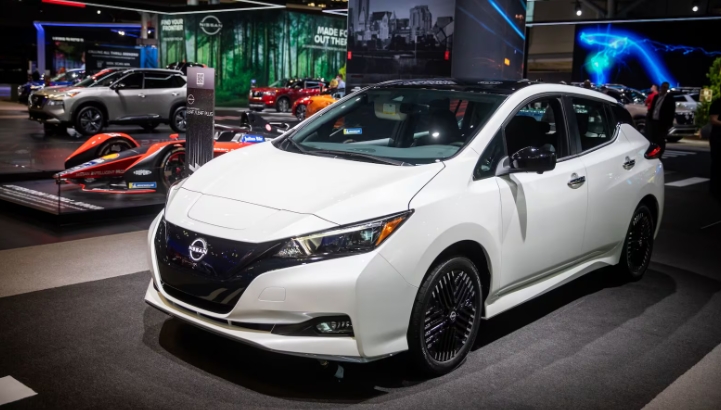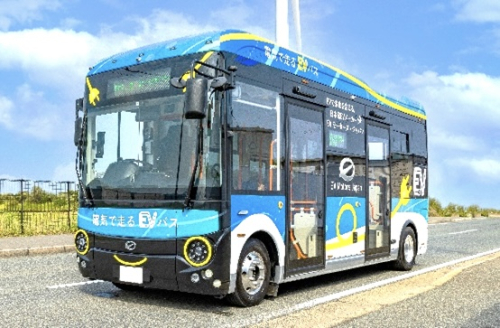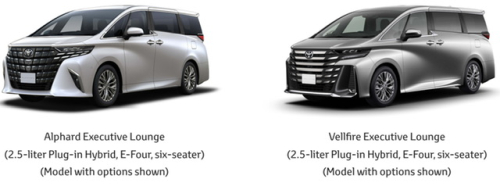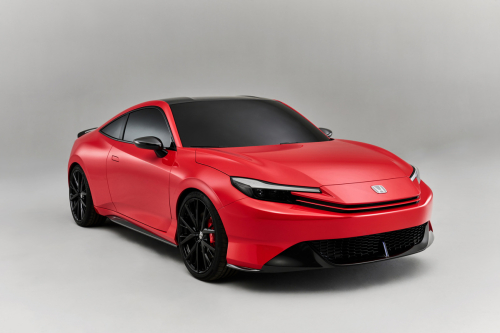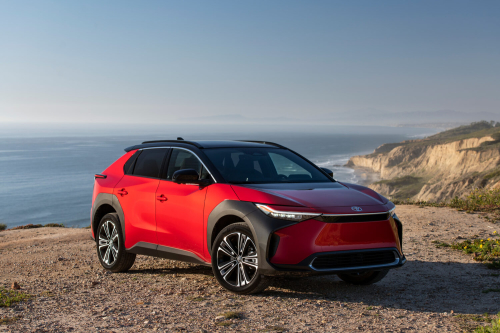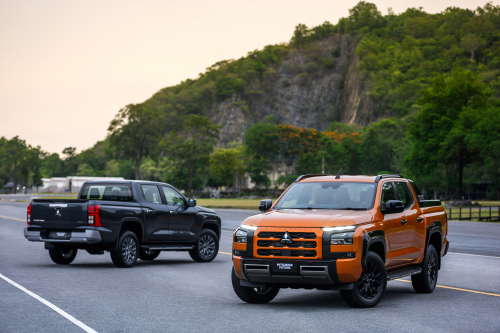
Mitsubishi Motors has produced approximately 5.6 million pickup trucks spanning five generations over the 45 years since its first launch in 1978. With sales in 150 countries, the pickup truck is a global strategic vehicle for Mitsubishi Motors. Now in its sixth generation, the all-new Triton is fully redesigned for the first time in nine years. All elements of the Triton have been completely reimagined, from the interior and exterior design to the chassis, ladder frame and engine. (Earlier post.)
The all-new Triton comes in three body types depending on the intended use:
a double-cab type with two rows of seats offering both the comfort of an SUV and the utility of a pickup truck;
a basic single-cab type with one row of seats; and
a club-cab type with cargo space behind the front seats that also enables reclining.
With a larger body, it has a newly developed 2.4L clean diesel turbo engine that significantly boosts environmental performance and power. The ladder frame, suspension and other main components have been newly developed by Mitsubishi Motors, and road performance has been greatly enhanced through features such as upgraded drive modes and electronically controlled Active Yaw Control (AYC) combined with Super Select 4WD-II system.
With the adoption of Adaptive Cruise Control (ACC) among other new safety features and emergency support using connected car technology, safety and comfort has been greatly improved not only in terms of the truck’s hardware, but also in terms of its software.
Ladder frame and diesel. The newly developed ladder frame has a 65% greater cross-sectional area than the previous model, achieving a bending rigidity increase of 60% and a torsional rigidity increase of 40%.
Furthermore, weight increase has been minimized by increasing the ratio of high-tensile steel used. As well as offering significantly better road performance and ride comfort, the all-new Triton also boasts increased robustness by improving durability during loading and energy dispersion in the event of a collision.
The body is also lighter than the previous model through the use of a new 1180 MPa high-tensile steel material.
The newly developed 4N16 clean diesel engine comes in three different output specifications to meet different purposes. The high-output version is equipped with a new turbo charger and new combustion system, providing a flat maximum output of 150 kW and maximum torque of 470 N·m from approximately 1,500 rpm, enabling highly-responsive driving with abundant torque in the range of practical use.
There are two versions of the standard specification: one with an engine that has a maximum output of 135 kW and a maximum torque of 430 N·m, and one with an engine that has a maximum output of 110 kW and a maximum torque of 330 N·m. Both have a variable geometry turbo charger that performs variable control of turbine capacity.
The all-new Triton comes with either a six-speed automatic transmission with the highly acclaimed Sports mode from the previous model, or a six-speed manual transmission with shift-by-wire that reduces vibration directly transmitted from the engine and improving comfort.
Newly developed suspension and a mature 4WD system. The 4WD system enables the driver to easily shift to 4WD mode while driving by using a dial selector. The all-new Triton continues to use Mitsubishi Motors’ Super Select 4WD-II and Easy Select 4WD systems, and Super Select 4WD-II is equipped with a center torque sensing Limited Slip Differential (LSD) that distributes driving force at a ratio of 40% to the front and 60% to the rear, thus ensuring both traction performance and cornering performance.
Models equipped with the Super Select 4WD-II system can select from the four options of 2H (rear-wheel drive), 4H (full-time four-wheel drive), 4HLc (locked center differential) and 4LLc (locked center differential with lower gears), and have seven drive modes including on-road modes, an increase over the four off-road modes of the previous model.
Along with Normal mode that is available in all 4WD modes, 2H offers Eco mode for prioritization of economy, 4H offers Gravel and Snow modes, 4HLc offers Mud and Sand modes for traction performance, while 4LLc provides Rock mode, allowing drivers to select the optimum drive mode for any road condition. The 4WD modes available for selection in vehicles equipped with Easy Select 4WD are 2H (rear- wheel drive), 4H (locked center differential), and 4L (for low-gear driving).
AYC is newly adopted for models equipped with the Super Select 4WD-II system. It improves cornering performance by applying light braking to the inside front wheel when cornering. Both the two-wheel and four-wheel drive models are equipped with active LSD (brake control type). By applying the brake to a spinning wheel and distributing the driving torque to wheels gripping the road surface, it improves safety on slippery surfaces while also providing a sporty driving experience.
Active Stability & Traction Control (ASTC) that improves stability on winding roads is standard equipped on all models. Other systems include Hill Descent Control (HDC), which maintains a set speed on downhill slopes to enable driving with confidence, and Hill Start Assist (HSA), which prevents roll-back in hill starts.
The newly developed suspension retains a double wishbone structure for the front suspension, and prioritizes reliability and durability. The upper suspension mounting arm has been moved higher to increase the stroke by 20 mm, providing improved road-holding and ride comfort. The rear suspension provides greater ride comfort while retaining its strength and uses a lighter leaf spring system together with thicker shock absorbers.
While beefing-up the body size, the increase in turning radius has been minimized, and driving has been made easier by using a hood shape that lets the driver see the hood line. For the high-output engine model, an electric power steering is adopted, which enables better control by providing more assistance in the low-speed range, while it increases feedback in the high- speed range to provide peace of mind for the driver. It also takes safety and comfort into account through its reduction of kickback from the road surface and tuning for off-road driving or towing.
The all-new Triton now comes equipped with Adaptive Cruise Control (ACC) that tracks acceleration, deceleration, and stopping of the vehicle in front, and cruises while maintaining a preset distance between vehicles. Advanced safety features have been enhanced along with the retention of Forward Collision Mitigation system (FCM), Blind Spot Warning (BSW) with Lane Change Assist (LCA), and Rear Cross Traffic Alert (RCTA) among others.
